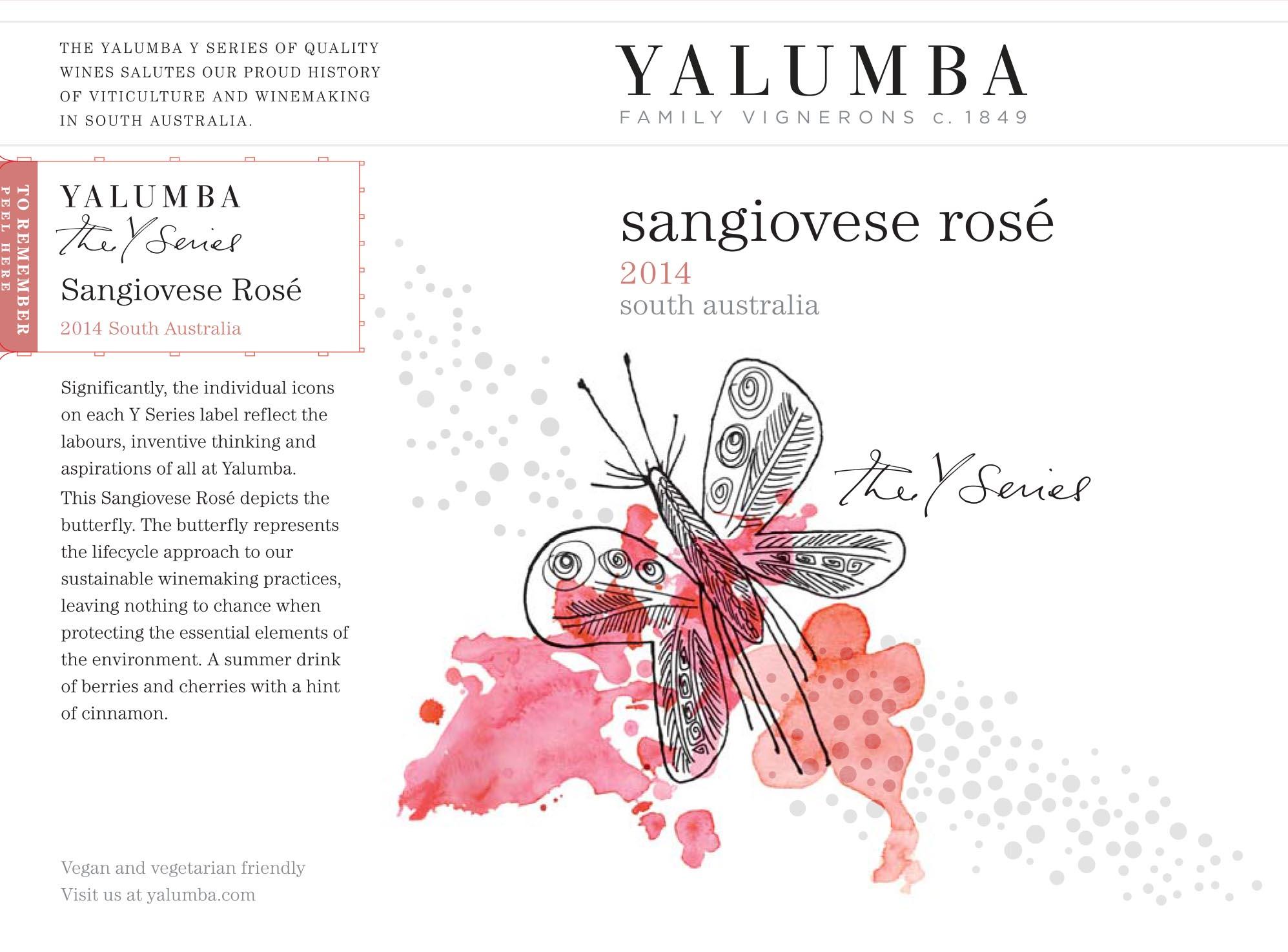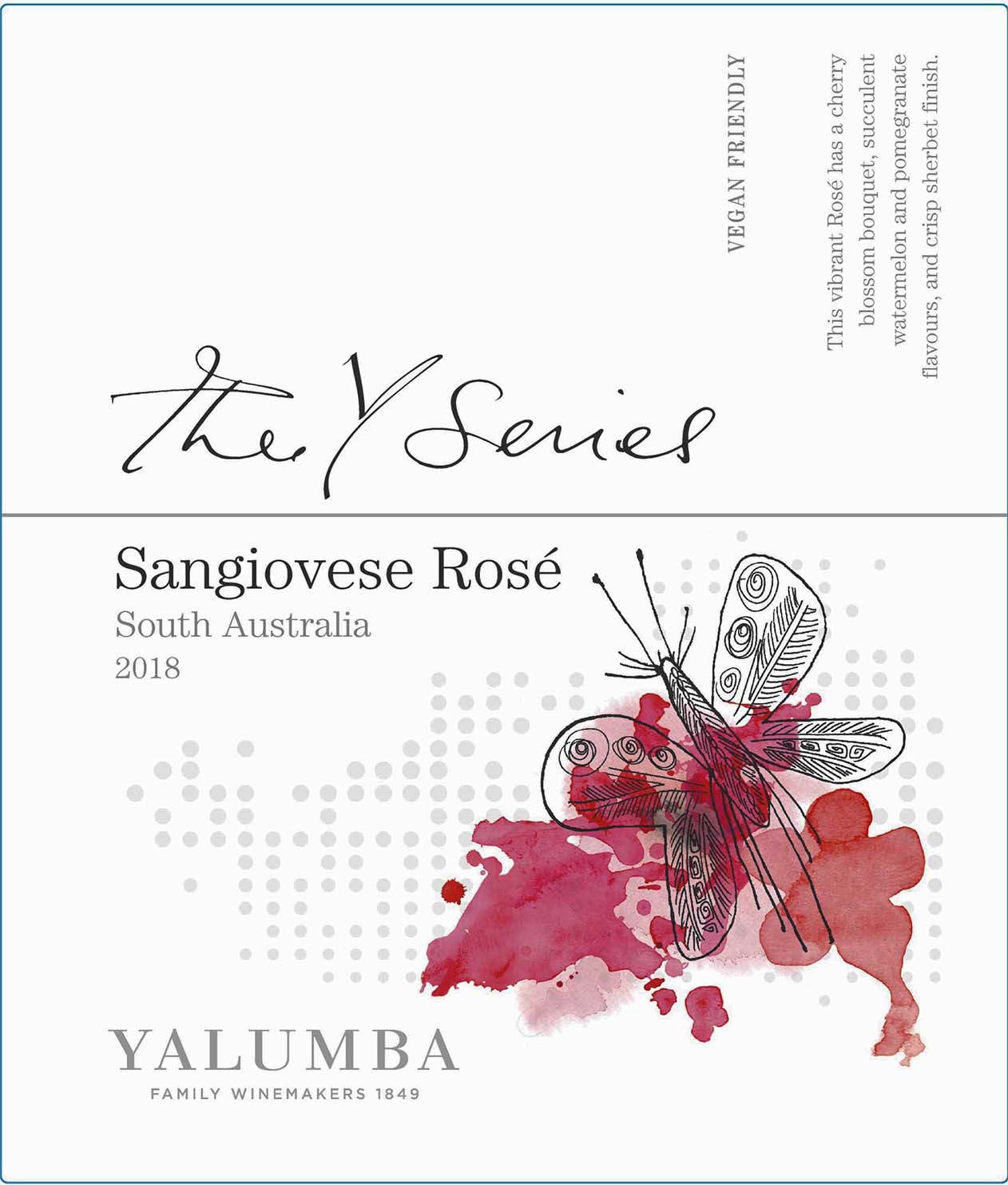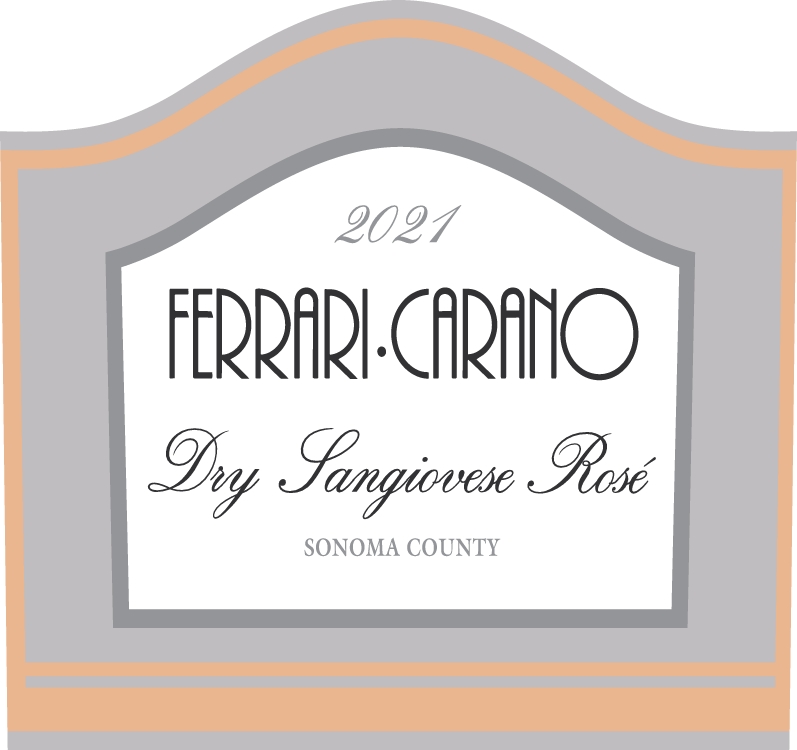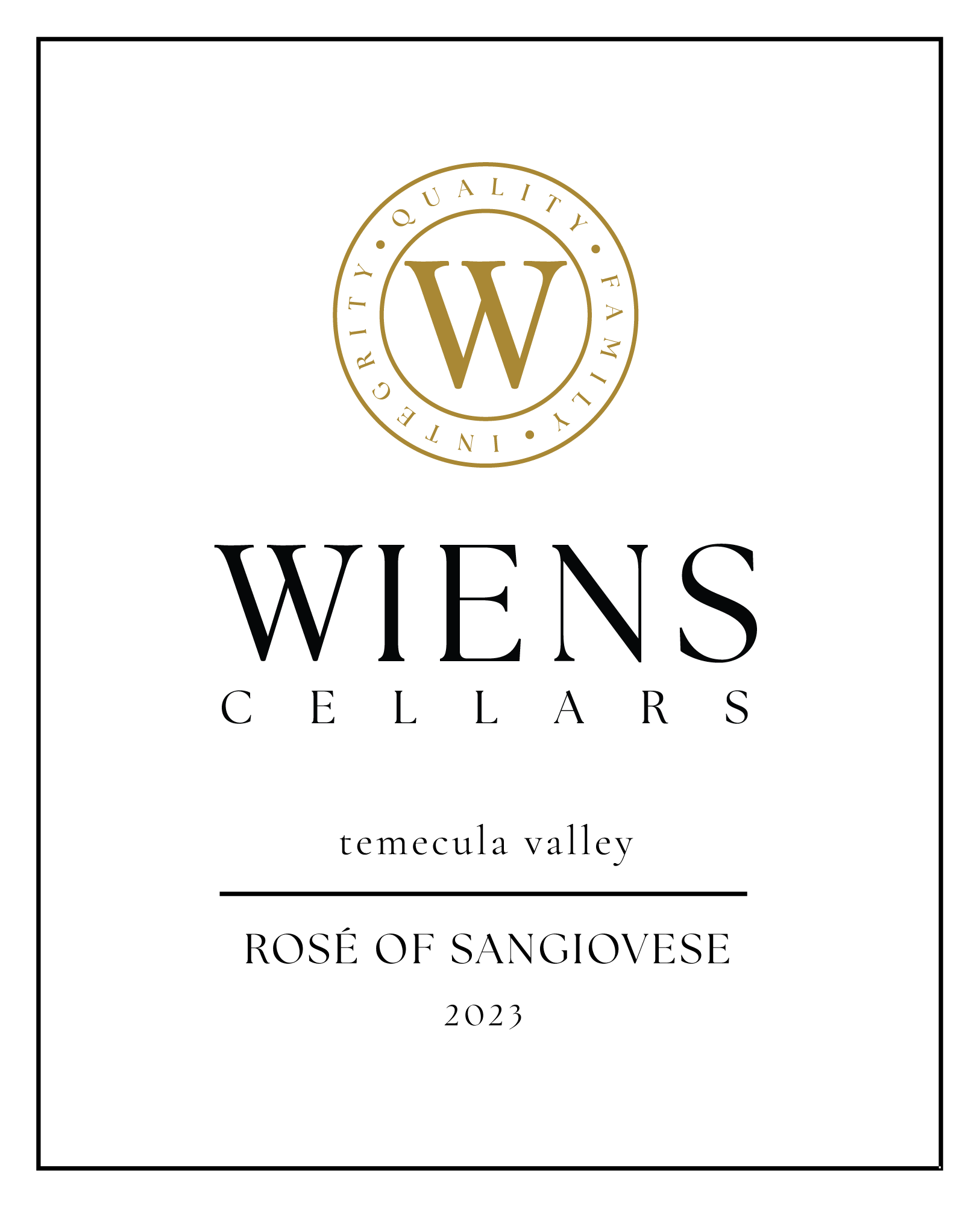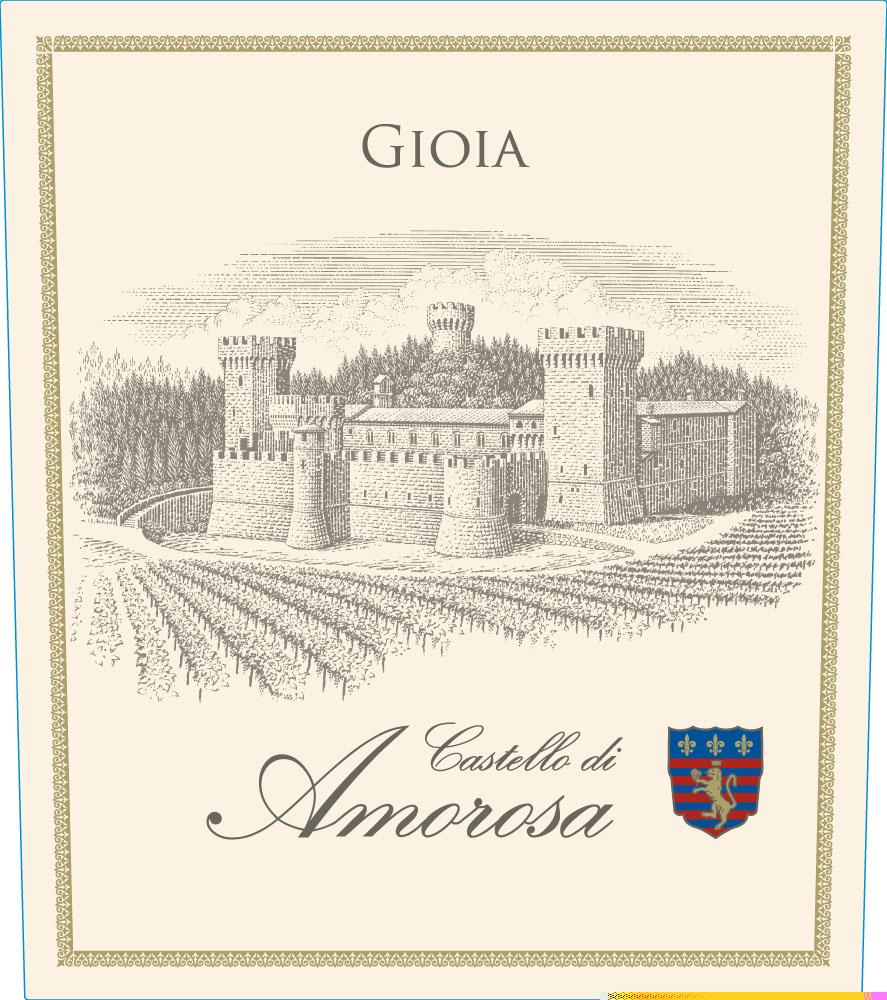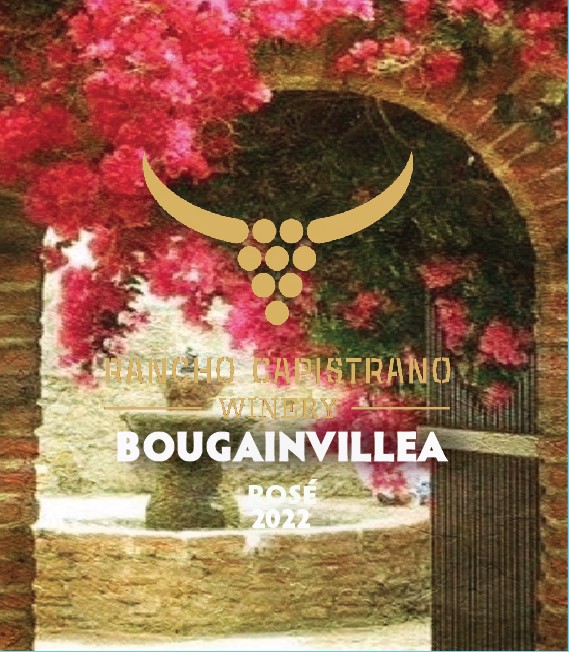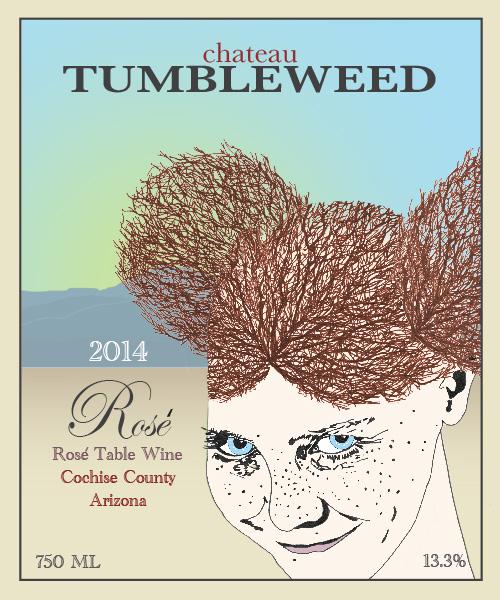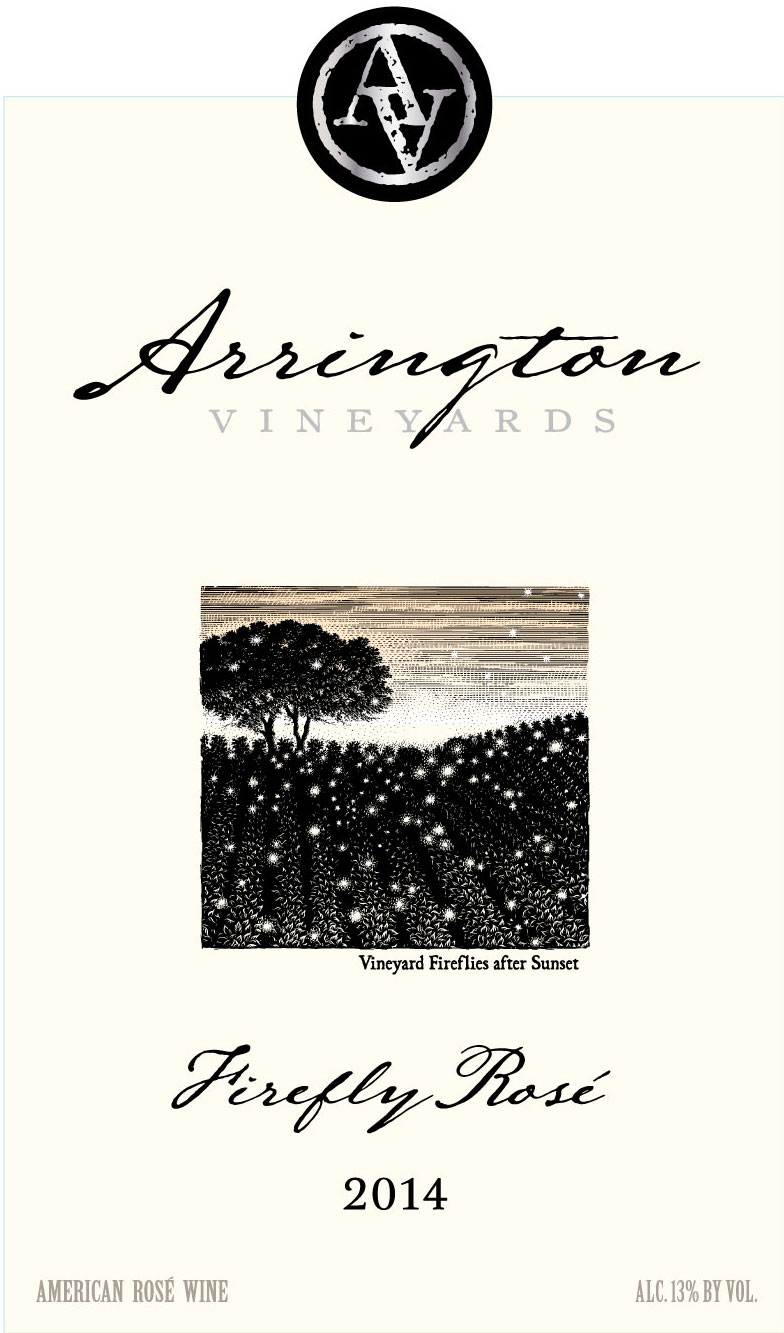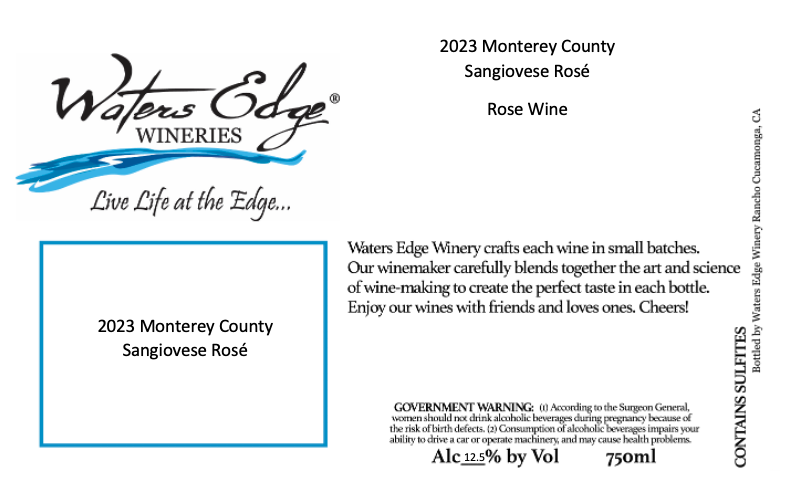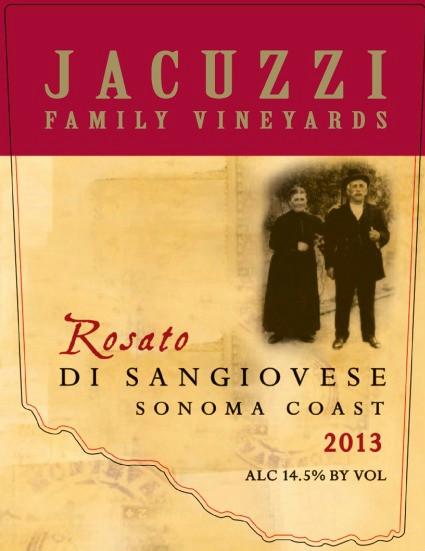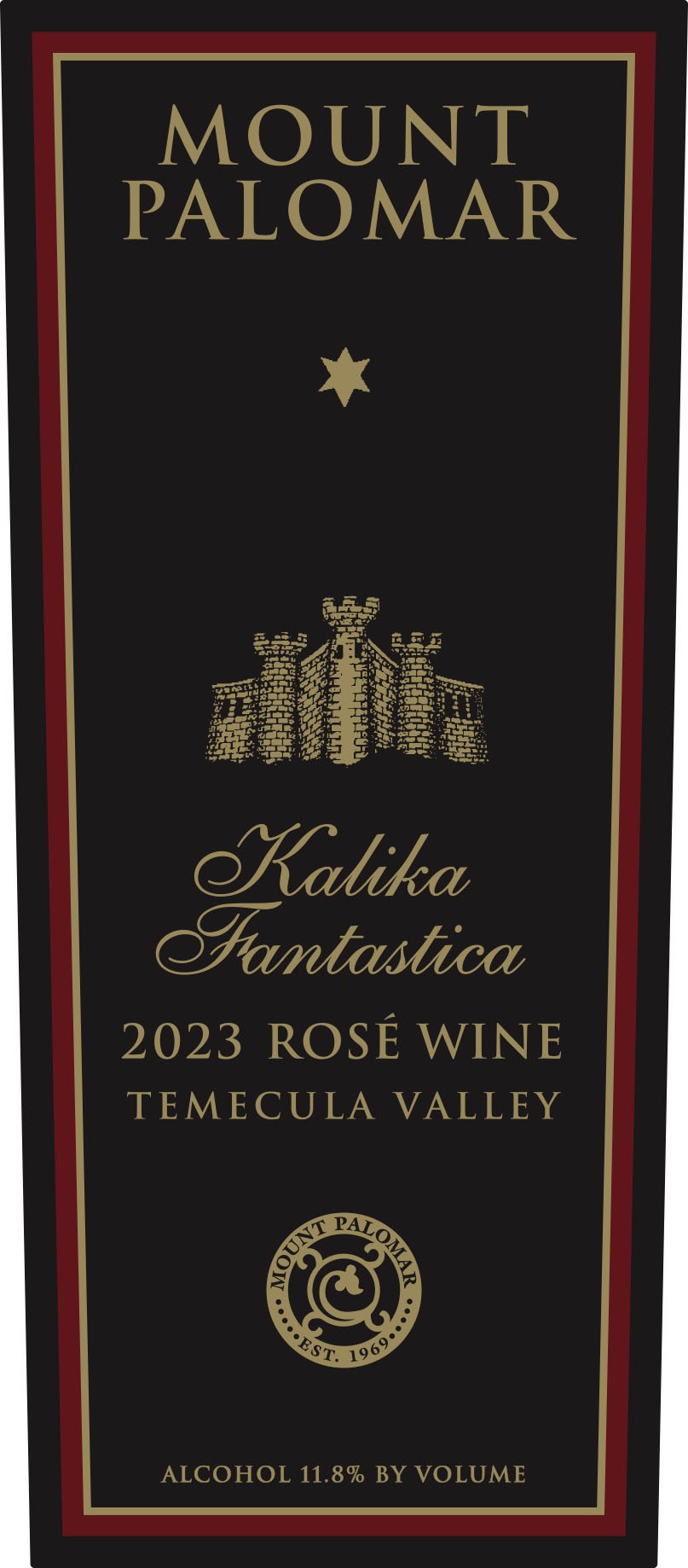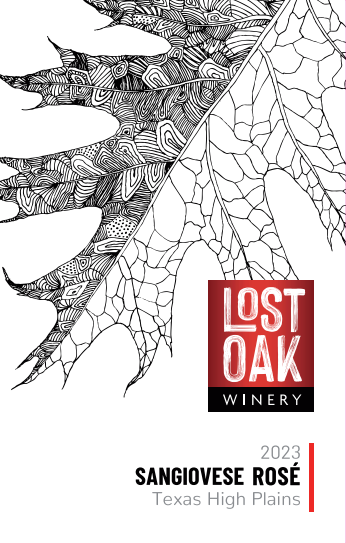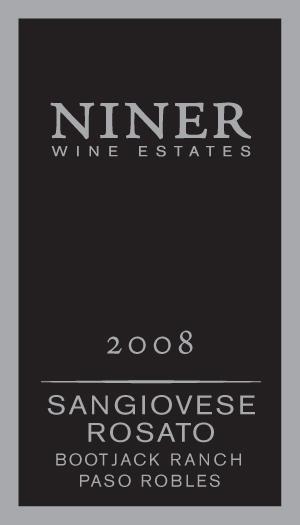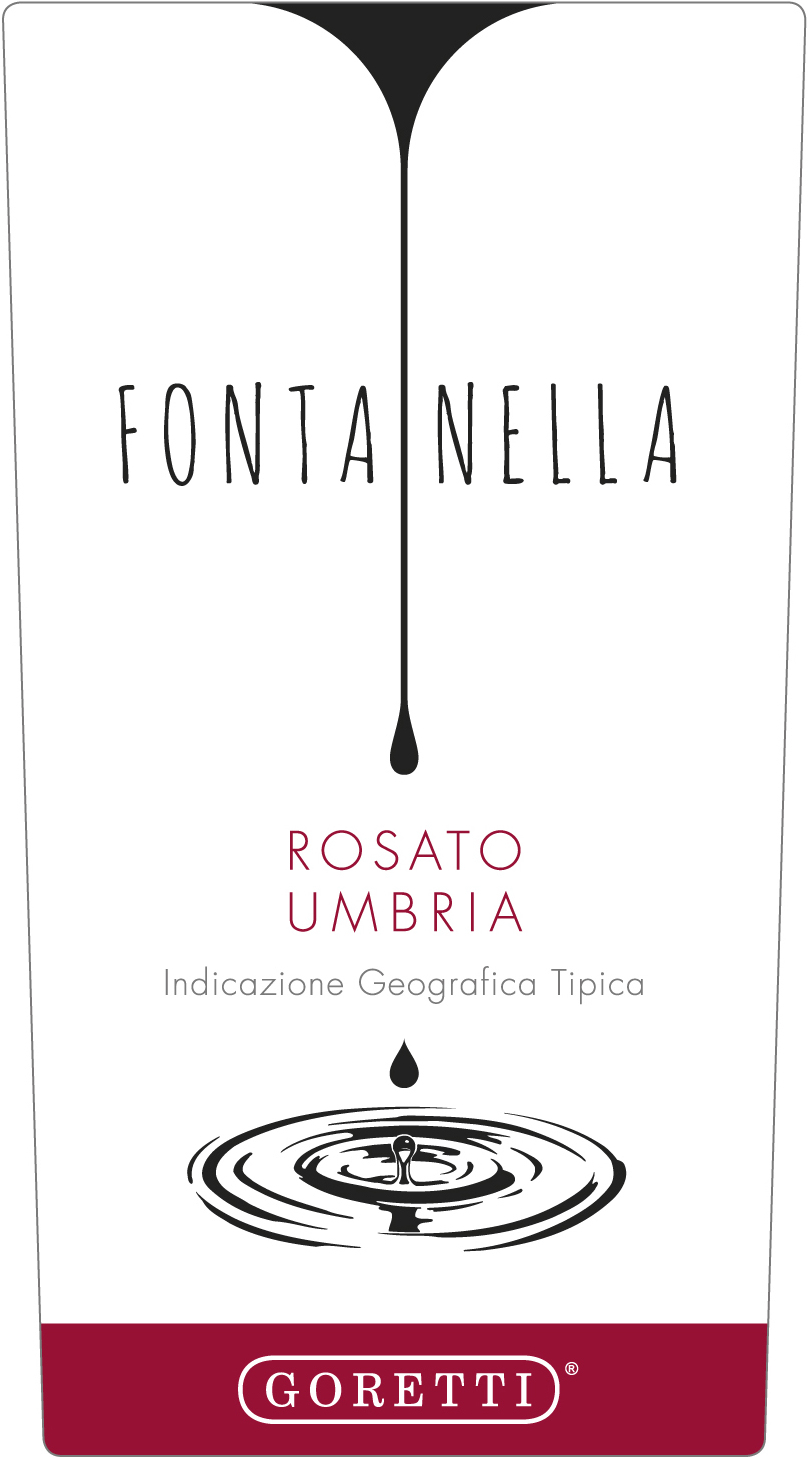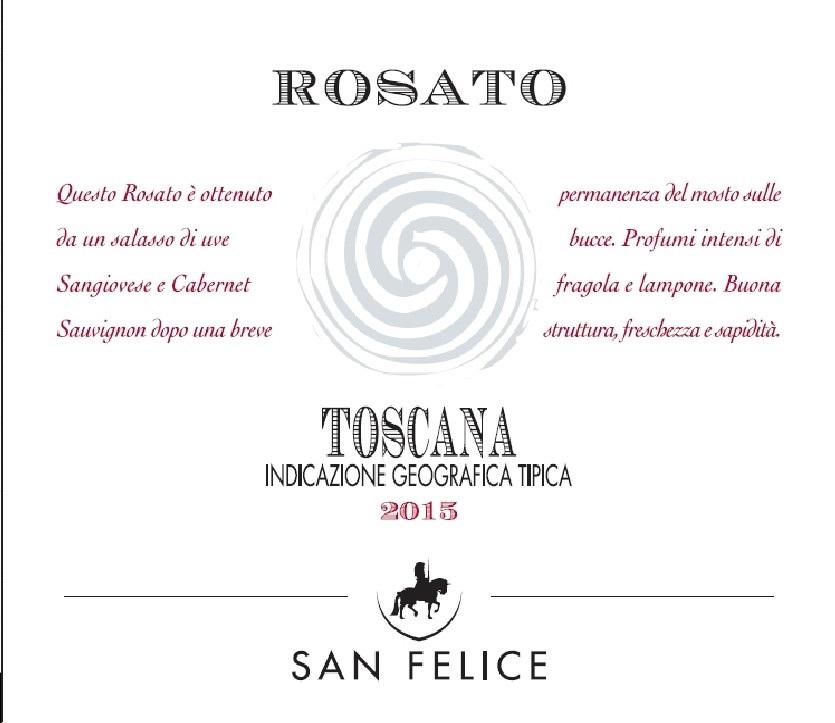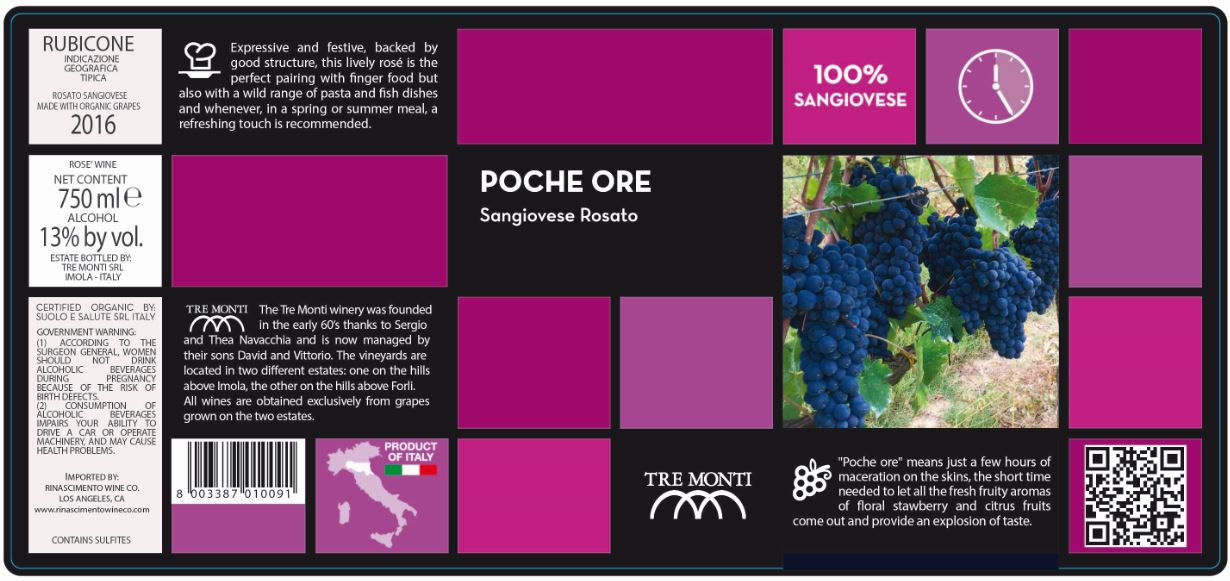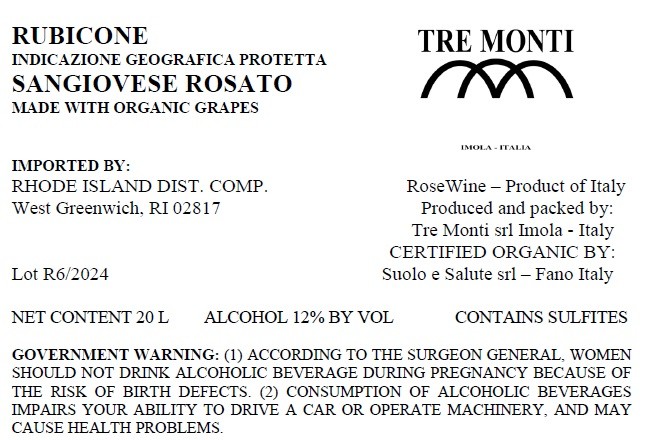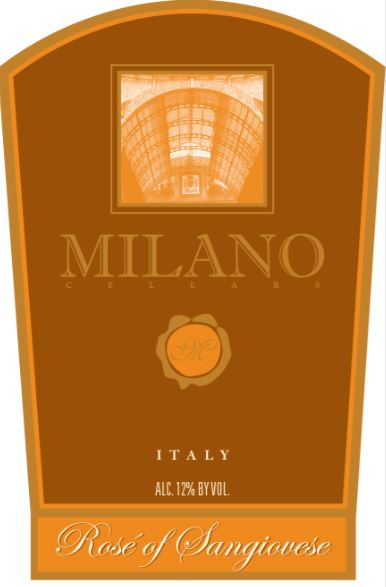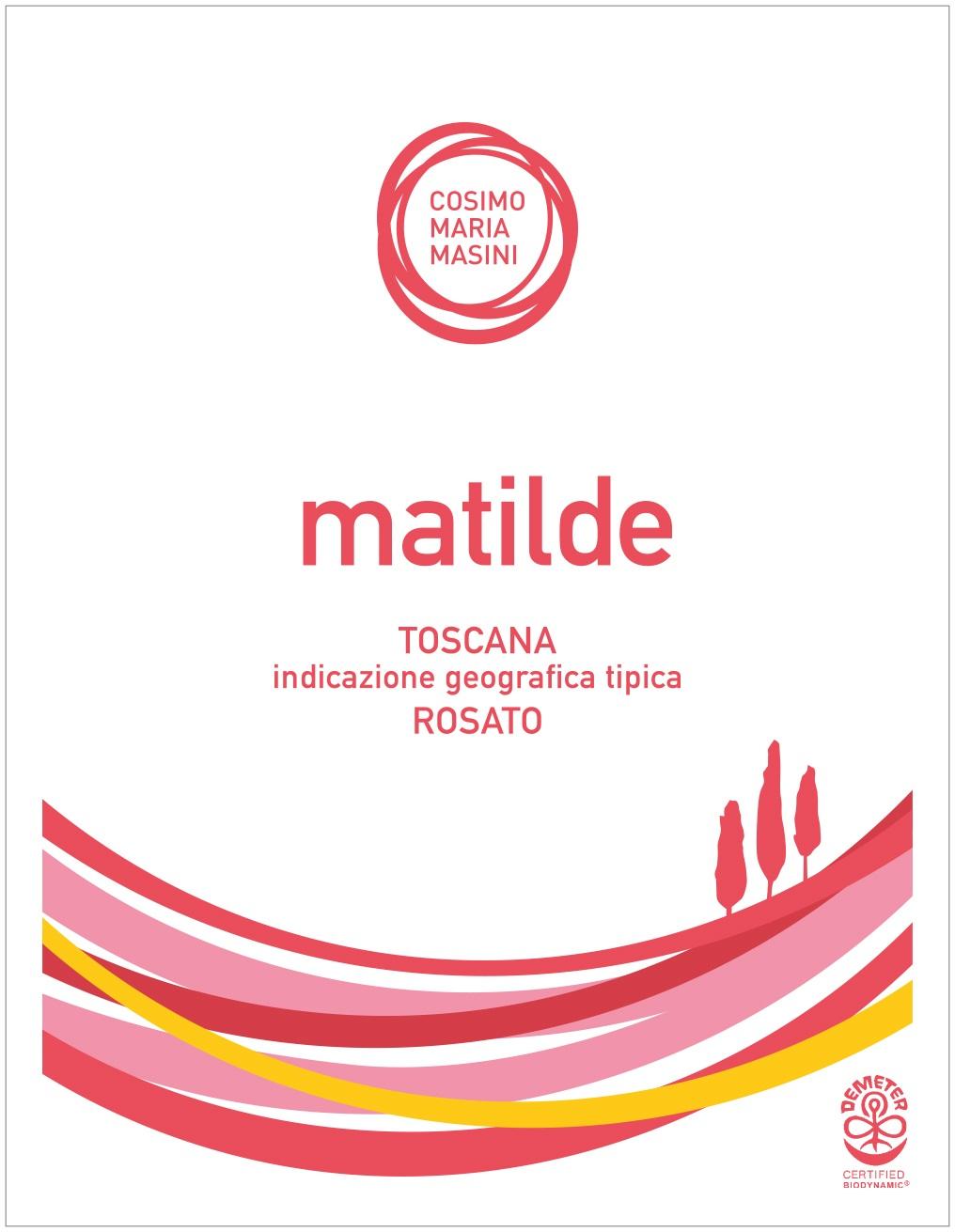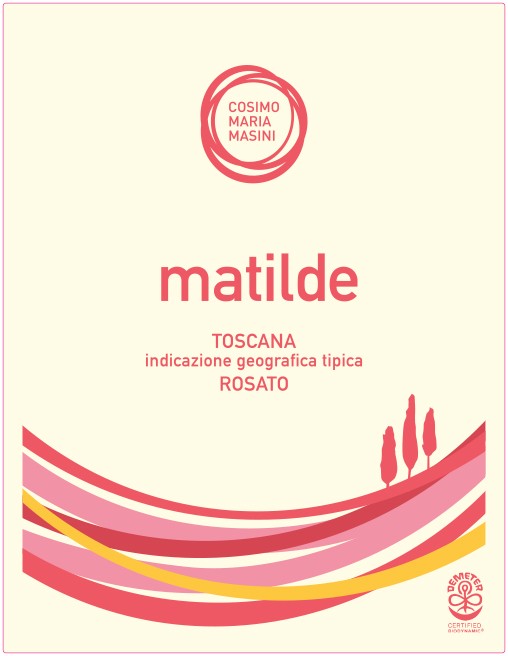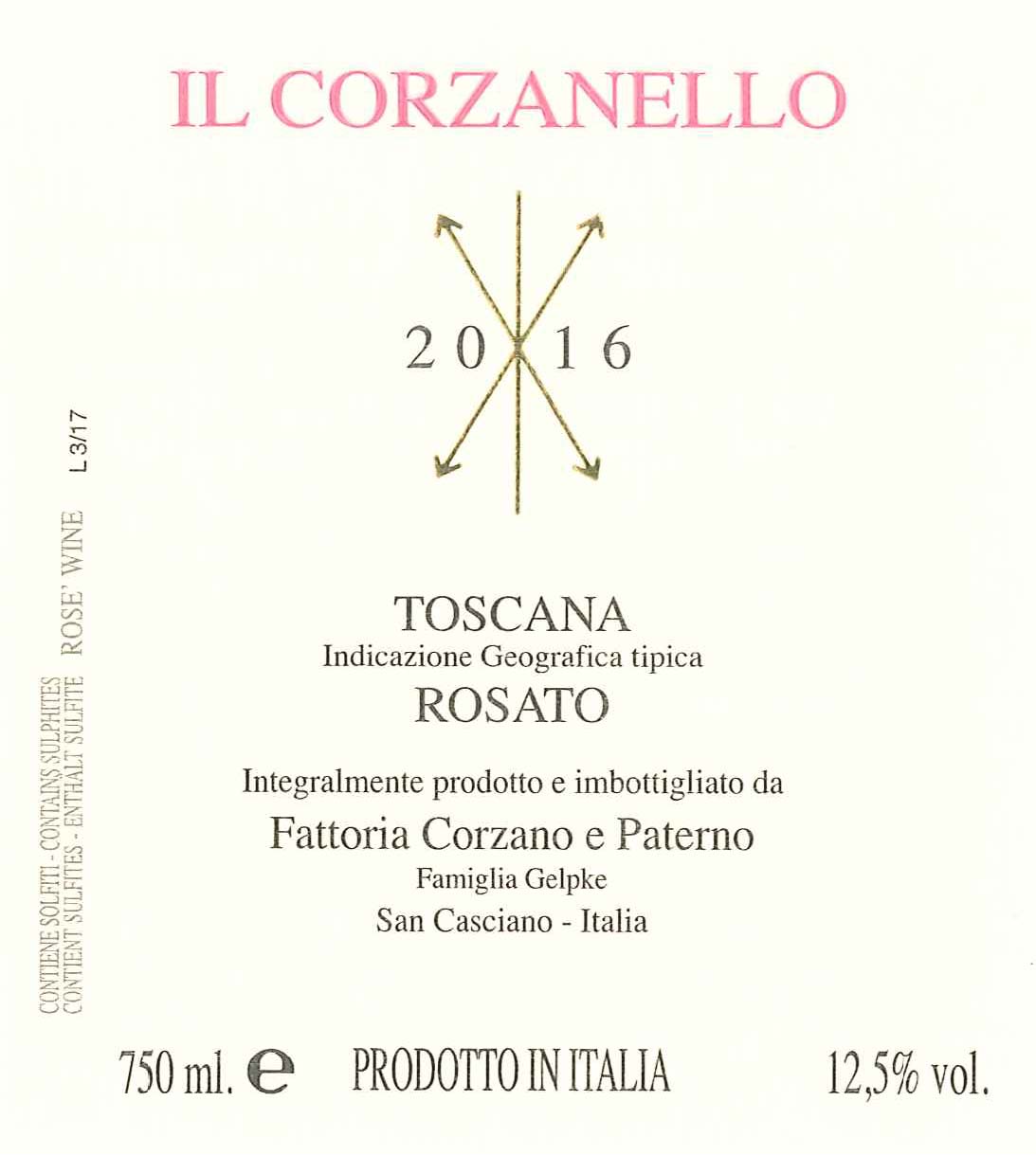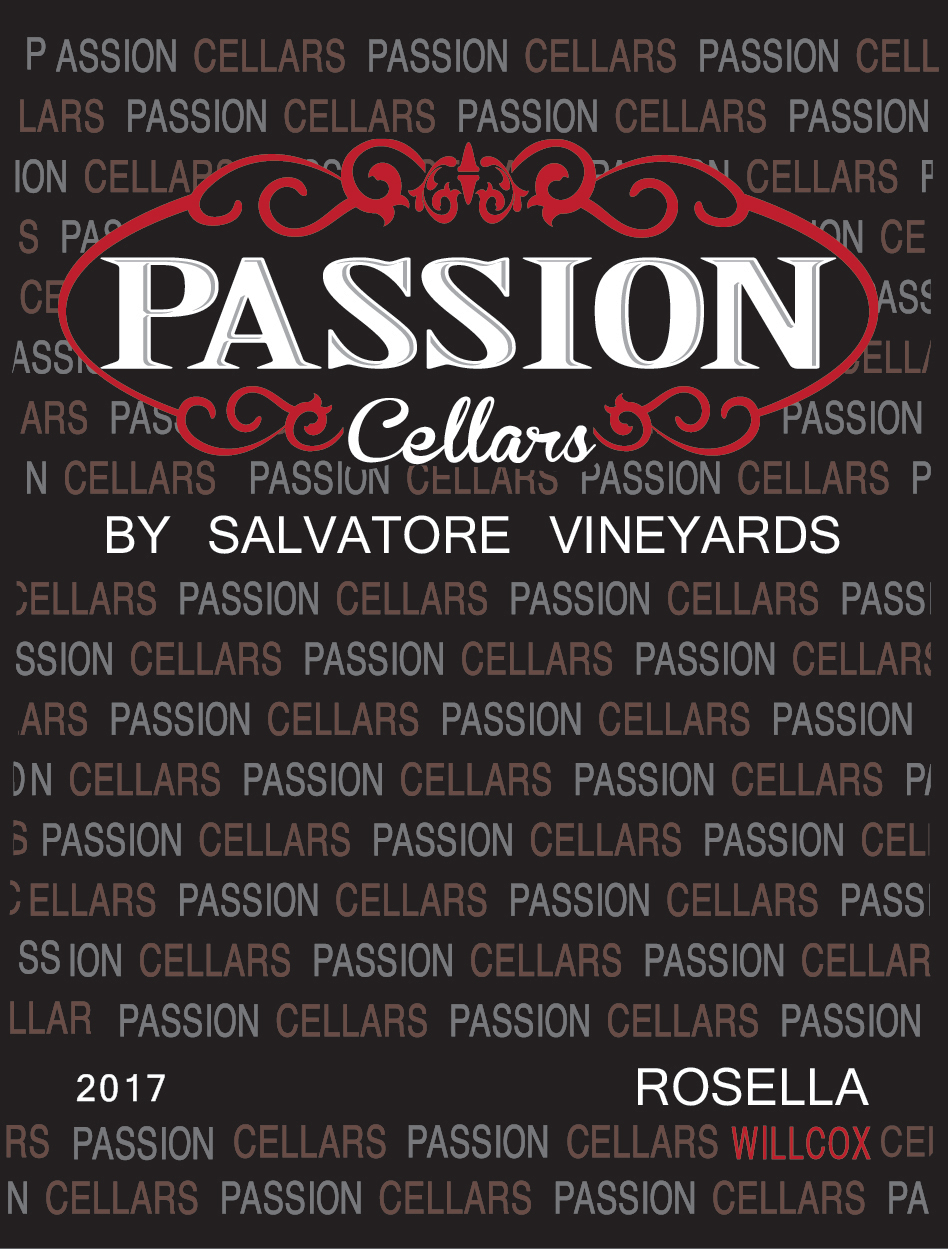Characteristics of Rosé of Sangiovese
Rosé of Sangiovese is instantly recognizable for its lively personality and beautiful range of pink hues, from the faintest blush to a more vivid, antique rose. The hallmark of this style is its zippy acidity, which keeps each sip feeling crisp and refreshing, making it a perfect match for a wide variety of foods.
While the body tends to stay on the lighter side, some examples can show a subtle, pleasant grip if the wine spends a bit more time with the grape skins. The alcohol level is typically moderate, so it remains approachable and easy to enjoy. Always dry, this rosé still bursts with bright fruit flavors that can give an impression of sweetness, even though the wine itself contains little to no residual sugar.
What Does Rosé of Sangiovese Taste Like?
- Regional Influence: Tuscan examples often reveal a savory or mineral-driven character, with floral notes such as rose petal and violet, subtle hints of herbal and spice (like white pepper), and a faint, pleasant bitterness on the finish. In contrast, bottles from other regions frequently showcase juicy red berries—strawberry, raspberry, and cherry—alongside refreshing melon notes (watermelon or cantaloupe) and lively citrus accents like pink grapefruit or lemon zest.
- Old World vs. New World: Old World styles, especially those from Italy, emphasize structure, minerality, and a savory undertone, while New World expressions highlight riper, bolder fruit flavors and a zesty mouthfeel, sometimes giving an impression of slight sweetness due to intense fruit character.
Rosé of Sangiovese is always marked by energetic acidity and a clean, refreshing finish that may include a savory nuance or a characteristic faint bitterness.
Notable Region Rosé of Sangiovese Grows In
Regional expression plays a significant role in shaping Rosé of Sangiovese, with each locale offering its own interpretation of this vibrant, food-friendly style.
- Tuscany, Italy: The traditional benchmark, Tuscany produces Sangiovese Rosato under the Toscana IGT label, often capturing bright red fruit and savory nuances from the region’s classic terroir.
- Emilia-Romagna, Italy: Neighboring Tuscany, Emilia-Romagna offers fresh, approachable Rosato under the Rubicone IGT, highlighting Sangiovese’s lively acidity and easy-drinking charm.
- California, United States: From Amador County’s Shenandoah Valley to Napa’s St. Helena, California’s sunny climate brings out a riper, fruit-forward style in Sangiovese Rosé, with a distinctly New World flair.
- McLaren Vale, Australia: Known for high-quality Sangiovese, McLaren Vale delivers Rosato with vibrant fruit expression and a modern, Australian twist on this Italian classic.
Food Pairings
Rosé of Sangiovese is a food-friendly wine that brings fresh acidity and bright fruit flavors to a variety of dishes.
- Starters & Light Fare: Enjoy it with Italian charcuterie, prosciutto, Caprese salad, or savory bites like roasted red pepper hummus and olive tapenade.
- Seafood, Poultry & Pasta: Its lively character pairs well with grilled fish, sushi, baked cod with lemon garlic butter, salmon risotto, and tomato-based pastas or pizzas.
- Cheese, Meats & Global Cuisine: Try it alongside fresh goat cheese, white meats, lightly grilled lamb, or moderately spicy dishes from Thai and Chinese cuisines.


